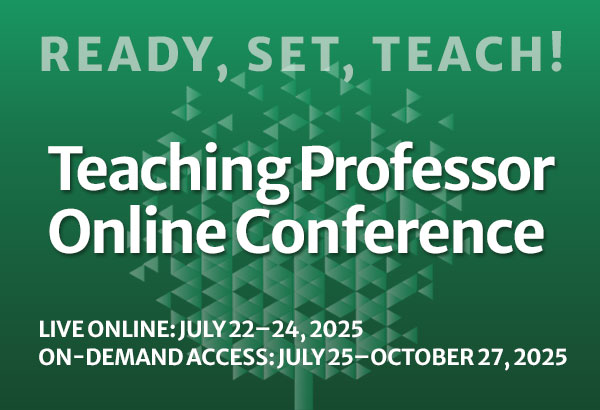Collaboration Tools that Build Student Engagement
Every now and then I like to bring another voice into the classroom. The students have their say, I have my say, and the assigned reading has its say. A guest speaker can be a nice way to shake up this routine, and video now



